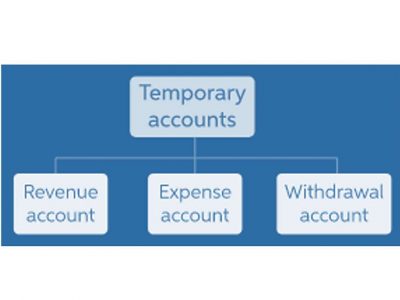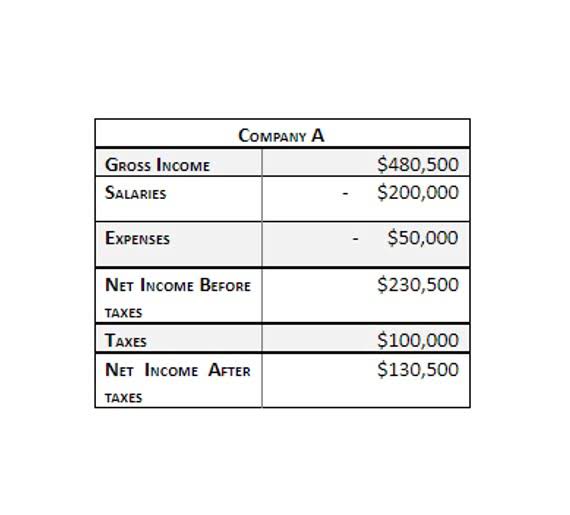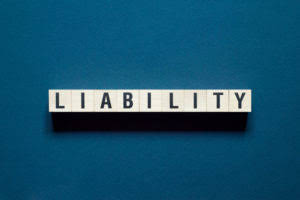
Contingent liabilities that are not probable and/or whose amount cannot be reasonably estimated are not accrued on the company’s books. Instead, they are usually disclosed in the footnotes to the financial statements. Contingent liabilities are subject to continuous reassessment due to the possibility of their development differing from initial expectations. This ongoing evaluation is crucial to ascertain whether a probable outflow of resources has become probable. Contingent assets are assets that are likely to materialize if certain events arise.

Pending lawsuit
Finally, during 2019, the company incurred $35,000 of warranty expenditures related to these printers. Take your learning and productivity to the next level with our Premium Templates. If any pending investigation or a court case by law found that the individual or the company is a defaulter, then they were supposed to bear the penalty as prescribed by the court of law.
Using the Standards
- If the negative lawsuit outcome is probable and the liability can be estimated, it must be recorded as a liability on the balance sheet.
- A noteworthy agenda decision revolves around the accounting treatment of a deposit made to tax authorities.
- For the past 52 years, Harold Averkamp (CPA, MBA) hasworked as an accounting supervisor, manager, consultant, university instructor, and innovator in teaching accounting online.
- If the value can be estimated, the liability must have more than a 50% chance of being realized.
- The accounting rules for reporting a contingent liability differ depending on the estimated dollar amount of the liability and the likelihood of the event occurring.
In general, companies must disclose the nature of the contingency and the expected timing and amount of any potential payments. A contingent liability is recorded in the accounting records if the contingency is probable and the related amount can be estimated with a reasonable level of contingent liabilities meaning accuracy. Other examples include guarantees on debts, liquidated damages, outstanding lawsuits, and government probes. The reason contingent liabilities are recorded is to adhere to the standards established by IFRS and GAAP, and for the company’s financial statements to be accurate.

Deloitte comment letter on tentative agenda decision on negative low emission vehicle credits
Contingent liabilities adversely impact a company’s assets and net profitability. Now assume that a lawsuit liability is possible but not probable and the dollar amount is estimated to be $2 million. Under these circumstances, the company discloses the contingent liability in the footnotes of the financial statements.
Contingent Liabilities That Are Accrued
- The table below shows the treatment for an entity depending on the likelihood of an item happening.
- The stakeholders should be aware of all potential risks that the company may face in future and which may impact its financial health.
- In the event the liability is realized, the actual expense is credited from cash and the original liability account is similarly debited.
- As the double entry for a provision is to debit an expense and credit the liability, this would potentially reduce profit to $10m.
- Past experience indicates that a certain percentage of products will be defective, and past experience can also be used to reasonably estimate the amount of the future expenditure required by the warranty.
- If the contingent loss is remote, meaning it has less than a 50% chance of occurring, the liability should not be reflected on the balance sheet.
- Any case with an ambiguous chance of success should be noted in the financial statements but do not need to be listed on the balance sheet as a liability.
So if a company has a strong cash flow position and can experience rapid growth earnings, it can probably avoid the impact being too large. Businesses need to plan for the worst case scenario while proactively hoping for the best in order to properly manage their cash flow. Shaun Conrad is a Certified Public Accountant and CPA exam expert with a passion for teaching. After almost https://www.bookstime.com/ a decade of experience in public accounting, he created MyAccountingCourse.com to help people learn accounting & finance, pass the CPA exam, and start their career. IFRS Sustainability Standards are developed to enhance investor-company dialogue so that investors receive decision-useful, globally comparable sustainability-related disclosures that meet their information needs.
Amendments under consideration by the IASB

Rey Co’s lawyers have advised that it is probable that the entity will be found liable. Rey Co would have to provide for the best estimate of any damages payable to the employee. This is because the event arose in 20X8 and, based on the evidence available, there is a present obligation. Say an employer pays an employee “off the books” in cash and doesn’t report the income or the taxes, or pay the unemployment insurance for this employee. If the employee is laid off and tries to file an unemployment claim, the case may come before a state unemployment board. This creates a contingent liability, because the employer may have to pay an unknown amount for the claim, in addition to fines and interest.
Contingent Liability Explained
Therefore, contingent liabilities disclosure and representation of an estimated amount is significant. They directly or indirectly affect the cash flows of the business, which in turn have an impact on investors ‘return and liability towards creditors. Thus, it is implied that this liability amount should be taken into consideration while making strategic decision regarding investments and future plans. Assume that a company is facing a lawsuit from a rival firm for patent infringement. The company’s legal department thinks that the rival firm has a strong case, and the business estimates a $2 million loss if the firm loses the case. Because the liability is both probable and easy to estimate, the firm posts an accounting entry on the balance sheet to debit (increase) legal expenses for $2 million and to credit (increase) accrued expense for $2 million.
- Future operating losses Future operating losses do not meet the criteria for a provision, as there is no obligation to make these losses.
- An entity recognises a provision if it is probable that an outflow of cash or other economic resources will be required to settle the provision.
- They can range from lawsuits to loan guarantees, and their impact can be substantial if not managed properly.
- Both generally accepted accounting principles (GAAP) and International Financial Reporting Standards (IFRS) require companies to record contingent liabilities.
- In simple words, Contingent Liability is defined as future obligations or liabilities that may or may not arise due to uncertain events or situations.
Company management should consult experts or research prior accounting cases before making determinations. In the event of an audit, the company must be able to explain and defend its contingent accounting decisions. If a court is likely to rule in favor of the plaintiff, whether because there is strong evidence of wrongdoing or some other factor, the company should report a contingent liability equal to probable damages. The IFRS Foundation is a not-for-profit, public interest organisation established to develop high-quality, understandable, enforceable and globally accepted accounting and sustainability disclosure standards. If a company is sued by a former employee for $500,000 for age discrimination, the company has a contingent liability. However, if the company is not found guilty, the company will not have any liability.
- Assume that a company is facing a lawsuit from a rival firm for patent infringement.
- This ongoing evaluation is crucial to ascertain whether a probable outflow of resources has become probable.
- There are three primary conditions that need to be met for a contingent liability to exist.
- It is difficult to estimate the exact amount of such liabilities as they depend on the type of case and various other external factors.
- Even though there is a similar likelihood that Rey Co would win the counterclaim, this is a probable inflow and therefore only a contingent asset can be recorded.
- The EU Member States should publish the same indicators at national level and, in addition, the data on the participation of government in the capital of corporations.
If the firm manufactures 1,000 bicycle seats in a year and offers a warranty per seat, the firm needs to estimate the number of seats that may be returned under warranty each year. For example, investors might determine that a company is financially stable enough to absorb potential losses from a contingent liability and still decide to invest in it. But a contingent liability needs to be large enough to be able to truly affect a company’s share price. For a contingent liability to be recognized, there must be a present obligation that arises from past events.

